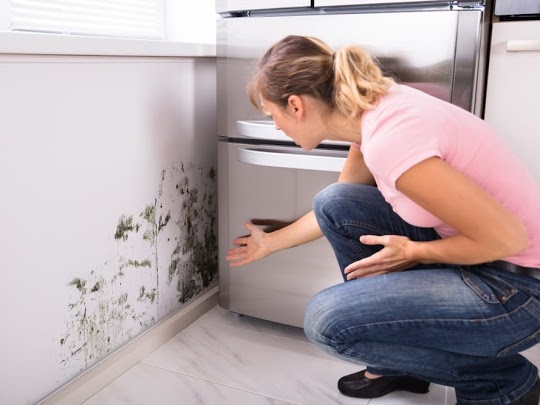Kitchen Water and Mold Damage
Not only can mold create a lot of damage to your home, but it can also pose a health concern, especially for people with allergy or an existing respiratory problem. Unfortunately, the high levels of humidity in our kitchen make this environment prone to extensive mold damages. Of course, a massive plumbing leak is easy to spot and fix before it evolves into expensive mold damages. But, to make matters more complicated, most of the time, water damage in the kitchen goes unnoticed for several months or even more and it can lead to great problems.
What Causes Mold in the Kitchen
The usual activities that happen in the kitchen, such as cooking, washing dishes, using the appliances, and so on, can create a lot of humidity. Poor ventilation combined with increased moisture can lead to mold, especially in the areas that are not as easily accessible, such as under the sink, behind the cupboards, or behind the furniture.
Unnoticed water damage can also lead to mold damage. For example, a minor leak under your sink can go unnoticed for months. The items that most of us tend to store there, such as cleaning supplies or the garbage can may make it difficult to notice any wet patches or mold growth. The problem is that mold growth begins within 48-72 hours of water damage and it can lead to expensive repairs, especially to kitchen cabinets if it’s not handled quickly.
Signs That You May Have Water Damage in Your Kitchen
Water leaks in the kitchen are not always easy to spot as they may be hidden. Call Dry Tech if you notice any of these signs:
- An increase in your water bills;
- Stain on the walls, ceiling, or floor;
- Peeling paint;
- Corrosion on plumbing fittings and valves;
How to Deal with Kitchen Water and Mold Damage
To minimize the damage and the cost of repairs, it’s important to handle water damage in the kitchen as soon as you notice it. As we’ve mentioned, kitchen leaks are not always easy to find as water can travel through the structure of your home. So, water damage in the kitchen doesn’t necessarily mean that the leak is also in the kitchen, but it may be in another location.
The water damage can also lead to the formation of mold on walls, and the ceiling as well as other less visible places, such as behind the furniture. If we’re talking about a roof leak, then the water and mold damage may extend to the attic too.


Recent Comments